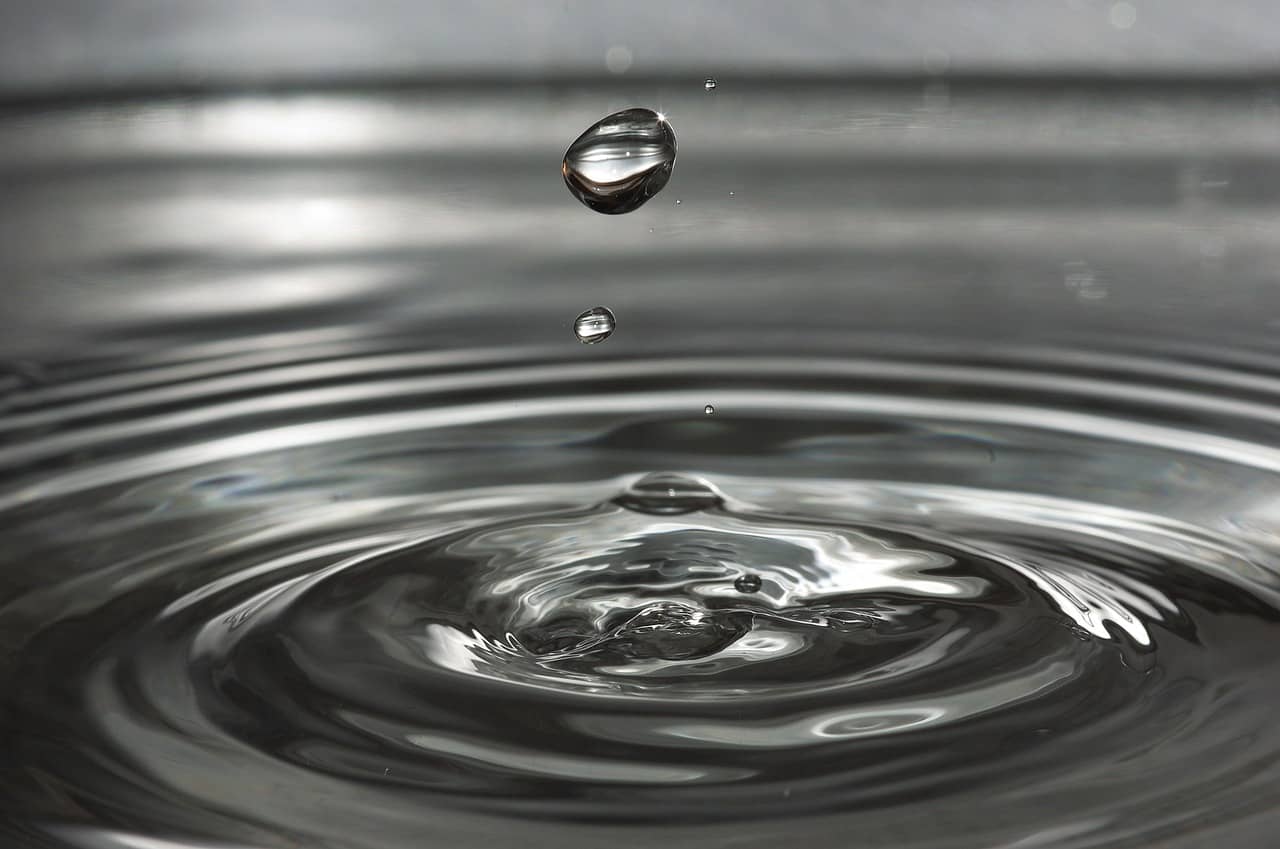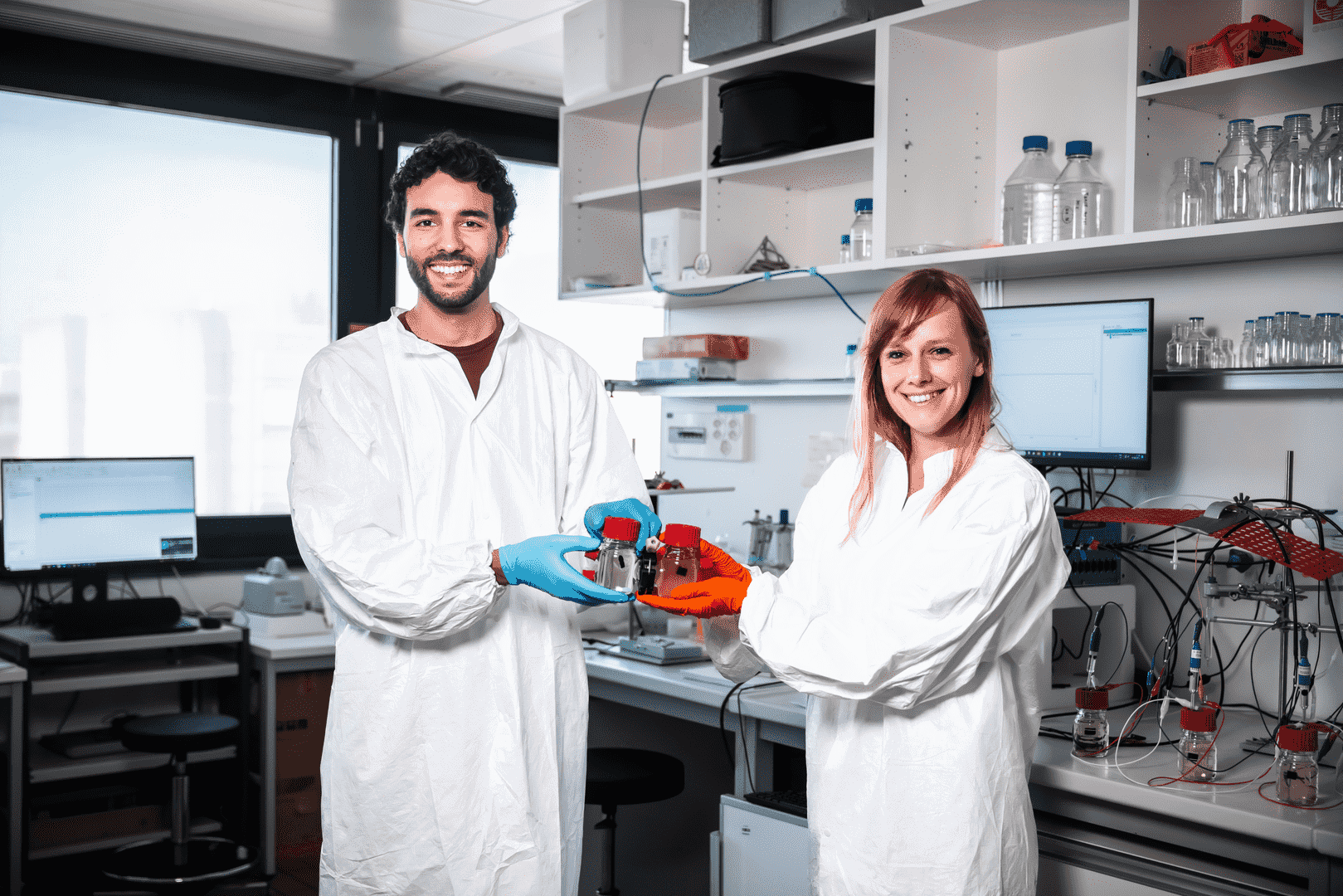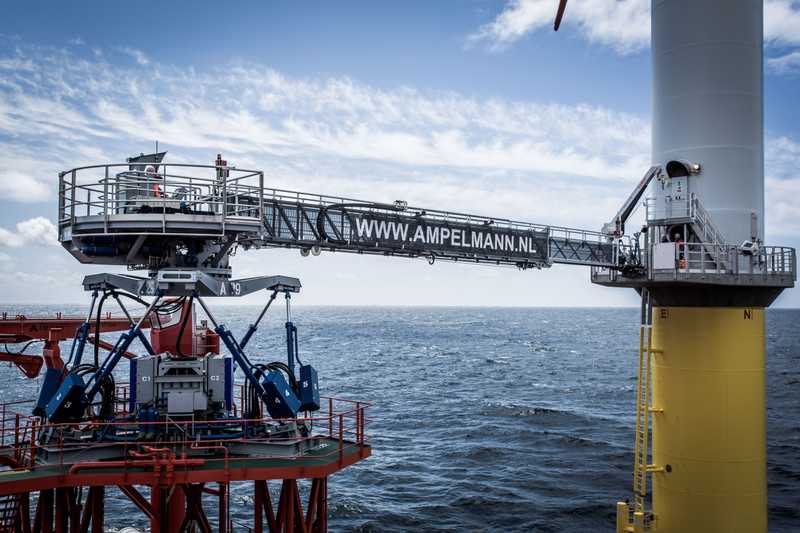
Recent scientific advancements are transforming water into a green energy source. Hydrogen production and hydroelectric power represent established ways of generating power out of water, they are not the only ones, as cutting-edge research is discovering new ways to exploit water for energy production.
- New research is looking into ways to use water for alternative energy production.
- From micromotors to bacteria, new technologies are making this possible.
Innovative micromotors for purifying wastewater
In Spain, researchers from the Institute of Chemical Research of Catalonia (ICIQ) have developed a novel approach to treating wastewater. Their micromotors, which traverse water autonomously, are purifying contaminants and creating ammonia. This byproduct can be harnessed as a green energy source. The micromotor technology, which combines silicon and manganese dioxide coated with laccase, converts urea into ammonia with impressive efficiency.
Artificial intelligence from the University of Gothenburg plays a crucial role in perfecting these micromotors. The AI method predicts the movements of these tiny machines, enabling researchers to refine their design for maximum water purification. The ambition is to adapt this technology for large-scale use in urban water treatment plants. It is a game-changer that can potentially turn these facilities into green energy producers.
Electricity from wastewater
At the École Polytechnique Fédérale de Lausanne (EPFL), scientists have pushed the boundaries of bioelectronics by modifying E. coli bacteria to generate electricity. The genetically engineered bacteria showcase a three-fold increase in their ability to produce an electric current, a breakthrough that could revolutionize wastewater treatment and energy production simultaneously.
Remarkably, the tailored E. coli have been tested in various environments, including wastewater from a brewery, where they thrived. This development addresses waste treatment and offers an innovative way to generate electricity. The bacteria’s adaptability makes them suitable for microbial fuel cells and electrosynthesis applications, presenting a significant step towards sustainable energy solutions.

Dual-action solar-powered device
Researchers at the University of Cambridge have unveiled a floating solar-powered device capable of producing clean hydrogen fuel and purified water in one go. This innovative device can operate with contaminated water or seawater, making it a boon for off-grid locations worldwide.
The device leverages a small fraction of the solar spectrum to initiate a light-driven process that splits water molecules, creating hydrogen. A UV-absorbing white layer aids in this reaction while simultaneously vaporizing the remaining water to purify it. This dual function addresses two critical global issues: the need for clean fuel to prevent indoor air pollution-related deaths and the lack of safe drinking water in many parts of the world.
Implications for a greener future
The implications of these advancements are profound. The AI-optimized micromotors could herald a new era where water treatment plants serve dual purposes: treating water and producing green energy. The enhanced E. coli bacteria offer a way to produce electricity while treating organic waste, a significant deviation from traditional energy-intensive waste processing methods.
Moreover, the solar-powered device from Cambridge presents a compelling solution for remote areas, combining water purification with clean hydrogen fuel production. It not only helps in providing safe drinking water but also in reducing reliance on harmful fuels that contribute to indoor air pollution.

Challenges and next steps
Despite these promising developments, challenges remain. For the micromotors, scaling up to urban water treatment facilities requires further modification of the AI method. The E. coli system, while versatile, will need to overcome hurdles associated with large-scale application and acceptance in waste treatment.
The solar-powered device’s deployment in real-world scenarios will necessitate rigorous testing and optimization to ensure it can withstand diverse environmental conditions. Each innovation represents a piece of the puzzle towards achieving a sustainable and green energy future, driven by the most abundant resource on our planet – water.

